Parametric Metric-Based Mesh Adaptation and Model Order Reduction for Shock-Dominated Flows
Please login to view abstract download link
Parametric partial differential equations (pPDEs) arise in many applications, such as design and optimization, and uncertainty quantification. Model Order Reduction (MOR) offers a way to reduce the marginal cost of recurring simulations by seeking approximations in low-dimensional spaces. In the context of shock-dominated flows, metric-based anisotropic Mesh Adaptation (MA) provides an efficient framework to discretize PDEs with sharp solution features. A key factor influencing mesh quality is the choice of error models. While the continuous framework provides a unique optimal metric, its optimality depends on the error model employed. The error model must align with the mathematical and physical properties of the PDE. For instance, Hessian-based error models focus on minimizing interpolation errors that control approximation errors for a class of PDEs. In contrast, goal-oriented error models focus on minimizing a prescribed functional (output) constrained by the pPDE, thus, resulting in an adapted mesh with fewer elements. In this work, we consider physical problems involving multiple transport phenomena that depend on the parameters appearing in the governing pPDE. Preserving anisotropy on a single, common mesh under these conditions is a challenging task. We adopt a local approach that divides the parametric range into subdomains using a specified indicator. For each subdomain, an adapted mesh and a reduced-order model were constructed. A crucial aspect of this method is the effective division of the parametric range. In this work, (i) we introduce a parametric goal-oriented anisotropic metric-based adaptation (MA) method in the context of parametric model reduction and (ii) we evaluate the impact of partitioning on preserving anisotropy in goal-oriented meshes.

